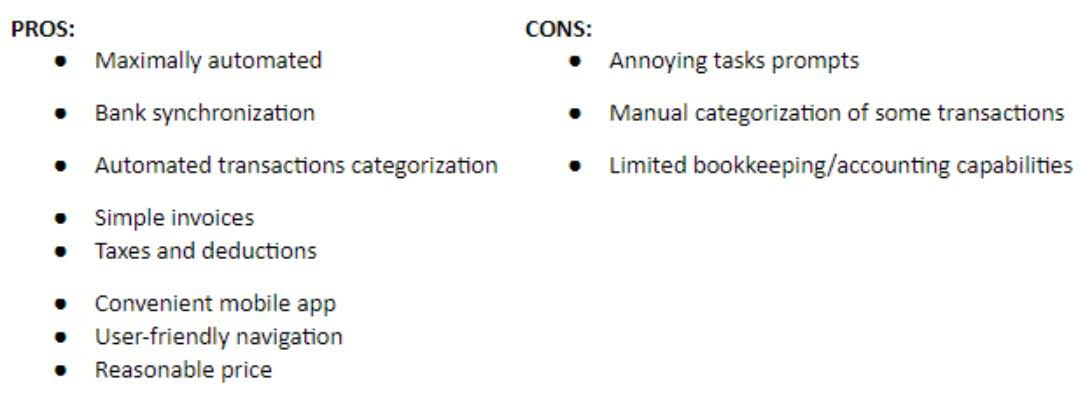
With only 29% of Canadian employees opting to take their yearly allocation of vacation leave, accruals can also have ongoing benefits for employers. You can decide whether to let employees take cash payouts from their vacation accruals when requested — or you might only let them have this money when they’re actually heading away on vacation. Combine actiPLANS’ vacation accrual functionality with overtime tracking in actiTIME to easily convert the extra hours worked in TOIL. First, it helps to encourage employee productivity by giving them an incentive to work extra hours. Second, it helps to prevent burnout by allowing employees to take regular breaks from work. Finally, it can help to reduce labor costs by avoiding the need to pay overtime wages.
Vacation Accrual for Employees
- With a use-it-or-lose-it policy, employees may be more likely to take all of their vacation days and not let any go to waste.
- But on the other hand, it is snatched away at the end of the year because they were too busy fulfilling their professional commitments.
- It can be absolutely anything from 15 days plus organization-observed holidays.
- Effective and fair management of accrued leave improves employee morale, retention, and productivity and helps mitigate legal risks.
- However, employees still need to request time off in advance from their managers.
- A monthly payroll cycle isn’t allowed in all states and is commonly reserved for upper-level management.
During times of uncertainty in the workplace, it may be harder to receive accrued vacation pay when things are less than stable. When customer cash is received after the customer pays their accounts payable balance, make the following journal entry to increase cash and reduce the accounts receivable balance. The second example is accrued revenue for interest income on a loan earned in August for which cash has not yet accrued vacation meaning been received from the payor but is due in September. States with mandatory paid sick leave often prohibit waiting periods for paid sick leave accrued under the law. Vacation time is usually not affected, but make sure you read up on your state’s sick leave laws before you implement a waiting period for sick leave. For employees, it provides them with paid time off to rest, recover, and take care of personal and family matters.
Step 1: Decide How Much PTO to Provide Employees Annually
Your use it or lose it policy can require Fred to use up these 30 hours https://www.instagram.com/bookstime_inc by the end of the first quarter of the following calendar year or forfeit the vacation time. Instead of receiving a set amount of vacation time upfront, employees earn hours based on pre-defined criteria within your company’s policy. You can vary the accrual rate for individual employees based on factors like their seniority, position, classification, etc. Vacation accrued refers to the amount of paid time off that an employee has earned, but hasn’t yet used. This paid time off amount can be taken by employees in cash or taken as a vacation — but this at the discretion of individual employers. Some employers choose not to accrue vacation pay at all, while others choose to accrue time, but not dollars.
- Accrued leave is a critical aspect of HR management and requires careful planning, administration, and communication.
- For example, some businesses are open 52 weeks a year, while others may close during the holiday season and work only 50 weeks a year.
- It can help employers reduce absenteeism due to sick or vacation days taken, increasing employee productivity.
- Some employers might allow workers to roll over a certain number of hours from a previous set time period, while others might have a “use-it-or-lose-it” policy.
- With an equal leave policy, everyone gets the same amount of time off, regardless of how long they’ve been with the company.
How to Calculate PTO for Salary Employees

Canadian employers are bound by employee vacation laws at a federal level. Sign up for a free 30-day trial and see how effortless vacation accrual can be. ActiPLANS offers a smooth way of time off calculation and leave request management. Once you have a tool in place, you can focus on more important things, knowing that your employees’ vacation balances are taken care of. The specifics of how this payout is calculated, including any caps or limits, depend on https://www.bookstime.com/statement-of-retained-earnings-example the terms of the employment contract and local labor laws. Vacation expiration, on the other hand, is a rule stipulating that if the carried-over vacation time is not used within a certain period, typically by the end of the subsequent year, it is forfeited.


20 U.S. states require companies to pay out an employee’s unused vacation or sick time at separation. Three states have banned use-it-or-lose-it policies, which means that unused vacation or sick leave (or both) must roll over to the next year, or be paid out at year’s end. Often companies chose to give accrued time off, rather than offering separate leave balances for personal days, sick days and paid vacation time. The companies prefer to create a single pool of PTO that employees can earn and accrue over time.
- Additionally, they’re able to create black out days, for those busy times of year where employees cannot request time off (such as the weekend before Christmas).
- But say an employee only wants to know how many hours of PTO they’ll accrue in a month.
- They can also copy the shifts to other days of the week, and, when viewing the calendar, they can filter by employee or location.
- The management must make sure that it comes with a PTO policy that has a perfect combination of accountability and flexibility.
- That accrual rate would be 1.54 hours of PTO earned (accrued) for each week worked.
- This provides flexibility and ensures that workers do not lose their hard-earned leave if they cannot take it within a calendar year.
